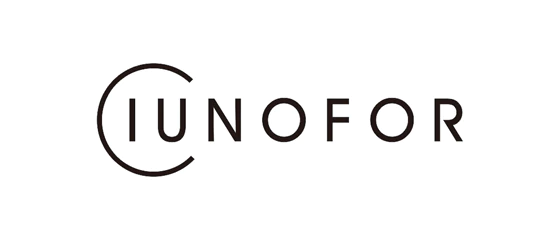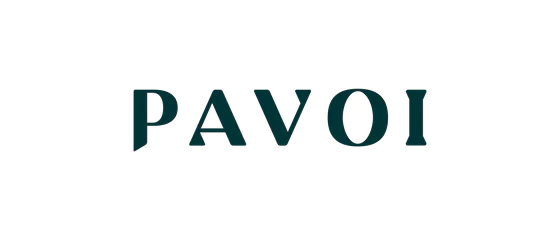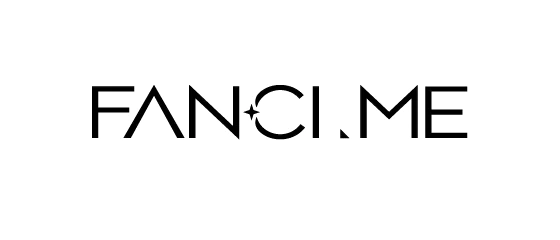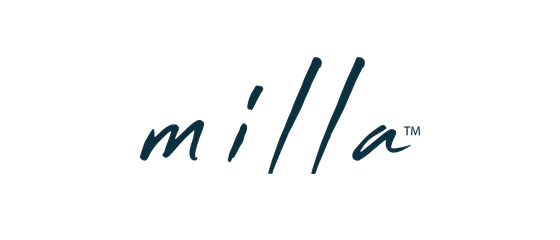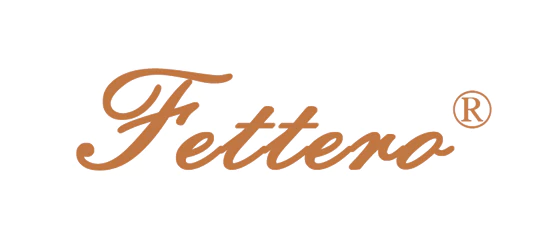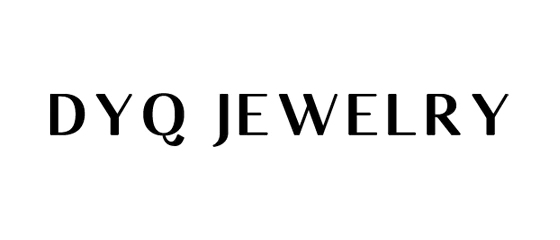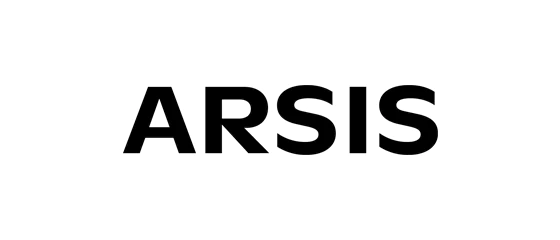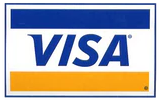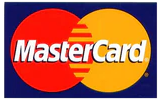Contents
-
From Ring Shopping To Proposal, Timing Matters
-
Do Your Research: Separate Fact From Fiction
-
Choose A Reasonable Budget
-
The 4 C’s Are Exceptionally Important When Buying A Diamond
-
The Order Of Choosing A Ring
-
Consider a Personal Touch
-
Determining The Best Ring Style
-
Selecting Metals By Color
-
A Ring Is An Investment: Protect It
Buying an engagement ring can be a daunting and overwhelming task, but can also be a fun experience if you are prepared. Here are some pointers to get you started in the right direction – – some practical, some romantic, and some steeped in history & tradition. We should know a thing or two. After all, we’ve been helping happy couples. Once you know your stuff, check out our engagement ring selection and start your journey towards the perfect ring.
From Ring Shopping To Proposal, Timing Matters
Most people typically shop 1 – 3 months prior to their planned date of proposal. Give yourself plenty of time so that you don’t feel pressure, and have time to plan the perfect proposal, too! You may decide that you want a custom-designed one-of-a-kind ring, and that takes extra time. Simply put, it’s always best to be ahead of schedule so that you can enjoy the selection and buying process.
Do Your Research: Separate Fact From Fiction
There are many factors to consider when making this lifetime investment. Good online resources for unbiased and knowledgeable information are: www.gia.edu and www.adiamondisforever.com. Trust in your jeweler is critical so be sure to shop with reputable establishments who can provide both a great shopping experience and valuable education about your purchase.
Choose A Reasonable Budget
Traditionally, an engagement ring should cost about 3 months of your gross salary. This rule isn’t the end-all-be-all that it used to be, but it is still a good guideline. Payment plans are exceptionally common when buying a ring, so don’t worry about hoarding all your pay for 3 months. Have a range in mind, and pay monthly payments on an installment program, finance the entire purchase, or any combination of either, your jeweler will work with you to find the best plan. You may be pleasantly surprised that financing offers now allow you to find the perfect ring for less than you may have imagined.
In the end, try to purchase the nicest ring that you can afford and be sure you’re comfortable with the payment or expense; being uneasy about debt is not something you want on your mind right now. And let’s face it, if that person says “Yes!” there will be a wedding to pay for as well.
The 4 C’s Are Exceptionally Important When Buying A Diamond
You don’t need to obtain a gemology degree, but you should have a basic understanding of what contributes to a diamond’s value and appearance. As fundamental as it sounds, there IS a fifth “C”…Confidence in your jeweler. Ask for referrals — be sure you’re buying from a reputable jeweler who is a member of either the Gemological Institute of America (GIA) or the American Gem Society (AGS). We’ve outlined below the definitions of all 4 C’s, but for more information, check out our Education Section.
-
Carat
The concept here is straightforward: Carat refers to the weight of a diamond. However, there’s no need to focus solely up on the carat weight number. Through proper mounting and shaping, a master jeweler can make a diamond appear larger than its carat weight might suggest, while also bringing out its maximum brilliance.
-
Clarity
Evaluators of diamonds base part of the value on luster and sheen. These relate to the clarity of the stone. You can spend less on a very large but cloudy diamond for example, than on a small but transparent and shiny one. The important thing to bear in mind, however, is that the less flaws visible to the naked eye, the more valuable the stone, regardless of its size.
-
Cut
Out of all the four C’s, cut is the most important. Cut doesn’t refer to the shape of the diamond, but rather the angles and proportions of the stone. A good cut determines the amount of light that can enter into the stone, refract, and emit that brilliant quality that people love in a diamond. While nature determines the other three C’s, a professional cutter determines the diamond’s cut. Even if you have the perfect color, clarity, and carat, if the cut isn’t right, the diamond won’t have that fiery brilliance that your fiancé will be proud to show the world.
-
Color
To the surprise of many people, diamonds come in a variety of colors. Diamond color is graded on a scale that ranges from D (colorless) to Z (light yellow). Truly colorless diamonds are the most rare and exquisite of these precious gemstones.
The Order Of Choosing A Ring
First, select the gemstone: traditional diamond or something different? There are no rules—follow your heart and dare to be distinctive! Then select the shape (cushion, emerald, pear, princess, etc…). This will help you determine the best possible setting to showcase the fire and brilliance of your gem. Lastly, select the metal of the setting, also sometimes called the mounting, and you can begin to narrow your search.
Consider a Personal Touch
There are many things that you can do to add a personal element to your ring. Perhaps someone in your family has gemstones that you want to include in the design, or consider a beautiful engraving crafted inside the ring. A really distinctive option is to have your diamond laser engraved with a special message. Work with your jeweler for a creative solution that suits your style.
Determining The Best Ring Style
The right person needs the right engagement ring, so just any diamond in any setting won’t do. With so many design options, it can be difficult to narrow down the possibilities to the perfect one. At Hamilton, we’ve found that the first and most important step is to determine the overall style of the recipient. We’ve narrowed it down into three categories: Vintage, Classic, and Modern.
Vintage
“Vintage” doesn’t mean your Grandmother’s ring or an old fashioned outlook. Vintage is a person who is sentimental, a romantic, someone who wears femininity and chivalry with an effortless charm. These rings sport dainty filigree or diamond halos.
Classic
“Classic” is timeless elegance that shines through no matter what the decade is. Classic is Grace Kelly, a woman both traditional and sophisticated, or Cary Grant, suave and debonair. This is not a style that is to be confused with “Vintage.” These rings are simple solitaires, three stones, or bands that rise to meet the stone.
Modern
Selecting Metals By Color
Choosing the right ring isn’t just about selecting a stone. The metal(s) used for the band and setting play a large factor in the aesthetic of the piece. First, the color of the metal must be decided: warm or cool? Metals with white or silvery essence, such as platinum or white gold, are in the cool family, while yellow and rose gold belong to the warm. Personal preference of the wearer plays a big factor in selection. For example: white gold was center stage for several years, but yellow gold is coming back into fashion.
Not sure which color your special someone would prefer? Believe it or not, precious metals can look differently on different people due to their skin tones. Those with warm tones, will look radiant in yellow and rose gold, while those with cool tones will glow in white metals like platinum or white gold.
Quick Tip: Look at the veins in your wrist. If they are more blue/purple, then you are a cool toned individual and will look wonderful in white and silver metals. If your veins look greener, you are warm toned, and yellow gold was made for people like you. Can’t tell? Likely, you are neutral toned and will look lovely in either color family.
Platinum
This metal is the finest of all jewelry metals. Its naturally white color is ideal for showcasing the brilliance of diamonds. Far more rare and stronger than gold, platinum rings are heirloom pieces with the durability to securely hold precious stones in their settings for decades.
Quick Tip: Platinum is ideal for those with sensitive skin, as it is naturally hypoallergenic.
Gold
Gold is the first precious metal most people think of when shopping for a ring, and indeed is the most common and versatile choice—but not all gold is made equal. In fact it is extremely rare to find a jewelry piece made of pure gold. Its versatility is also its Achilles Heel: the metal is very soft and can warp its shape or compromise the setting of a diamond or other precious stone. This is why it is often mixed with other alloys to strengthen it or even alter its color (yellow, white, or rose).
The measurement of “karats” determines the amount of pure gold in a piece of jewelry. There are 24 parts in this measurement, with 24 being entirely pure gold. 18K (karats) is the most common, being made out of 75% gold.
-
Yellow Gold
Although it took the back seat for a couple of years, the classic allure of yellow gold is here to stay. This is gold’s natural color and will likely have the highest karat measurement the compared to other gold variation made by the inclusion of alloys.
Ideal for those with warm undertones, yellow gold has radiance to it that marks that lends the wearer its classic beauty.
-
White Gold
A less expensive alternative to platinum, this silvery-white precious metal has certainly taken center stage in recent years. Like platinum, white gold compliments the clear brilliance and sparkle of diamonds, making it a common choice for engagement rings. This contemporary metal achieves is moonlit color by combining yellow gold with copper, zinc and palladium; it is then plated with rhodium, a metal belonging to the platinum family, like a coat of armor to prevent scratches. Keep in mind, however, that white gold does not hold its luminous color forever. It will be necessary after only a few years to have it re-plated.
-
Rose Gold
Dainty and feminine with its pink hue, rose gold has definitely been in vogue recently. Its iconic hue, inspired by delicate rose blossoms, is achieved by mixing natural yellow gold with a copper alloy. This metal is ideal for a person of romance and fairytale femininity.
A Ring Is An Investment: Protect It
After you’ve found the perfect ring and heard the all-important “yes”, you now need to be protective of your investment. You shouldn’t assume that you have coverage in case of loss – – always check with your insurance carrier. Your jeweler can coach you here as well to be sure you are safeguarding this very special purchase.
ShesFeel has been helping couples create their dream engagement rings and we are happy to share our expertise with anyone looking for guidance. We hope you found these tips useful in your search for the perfect ring. If you would like to learn more about our engagement ring, feel free to contact us.

